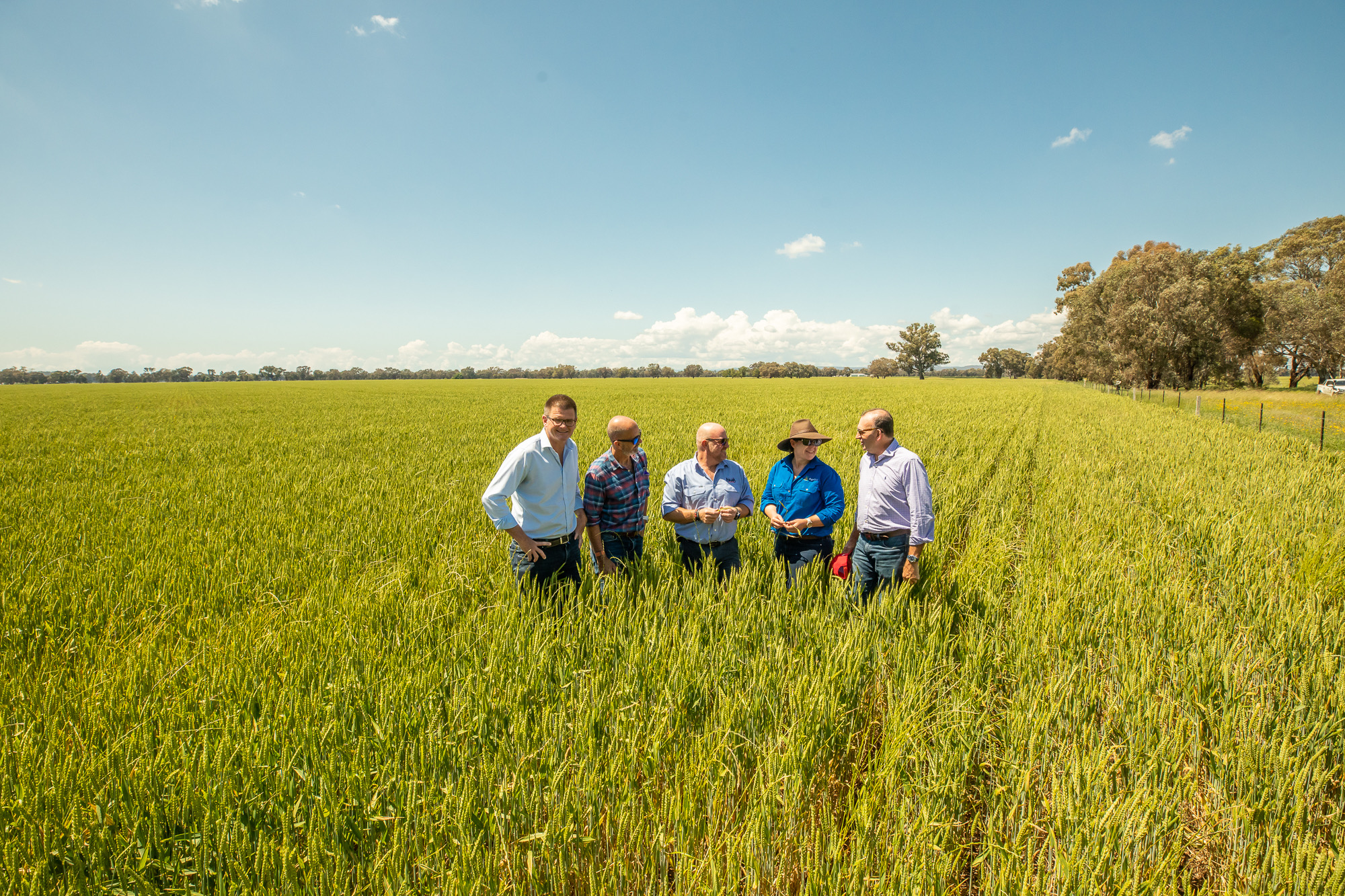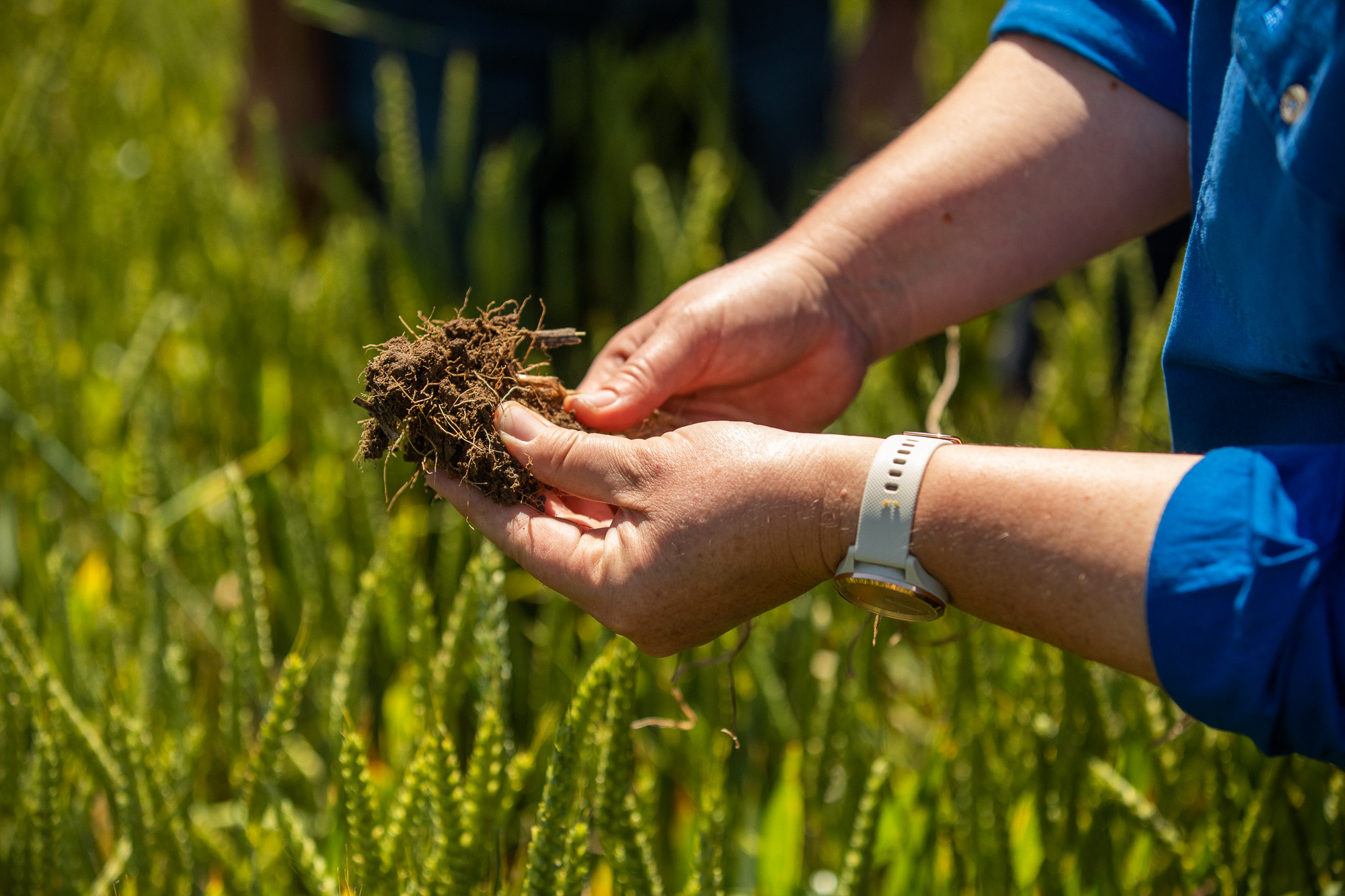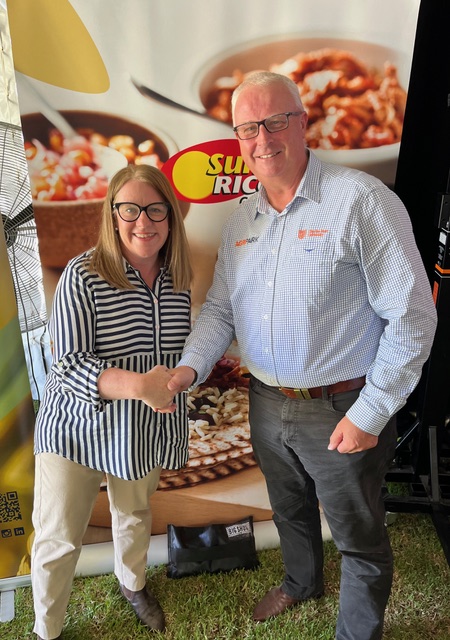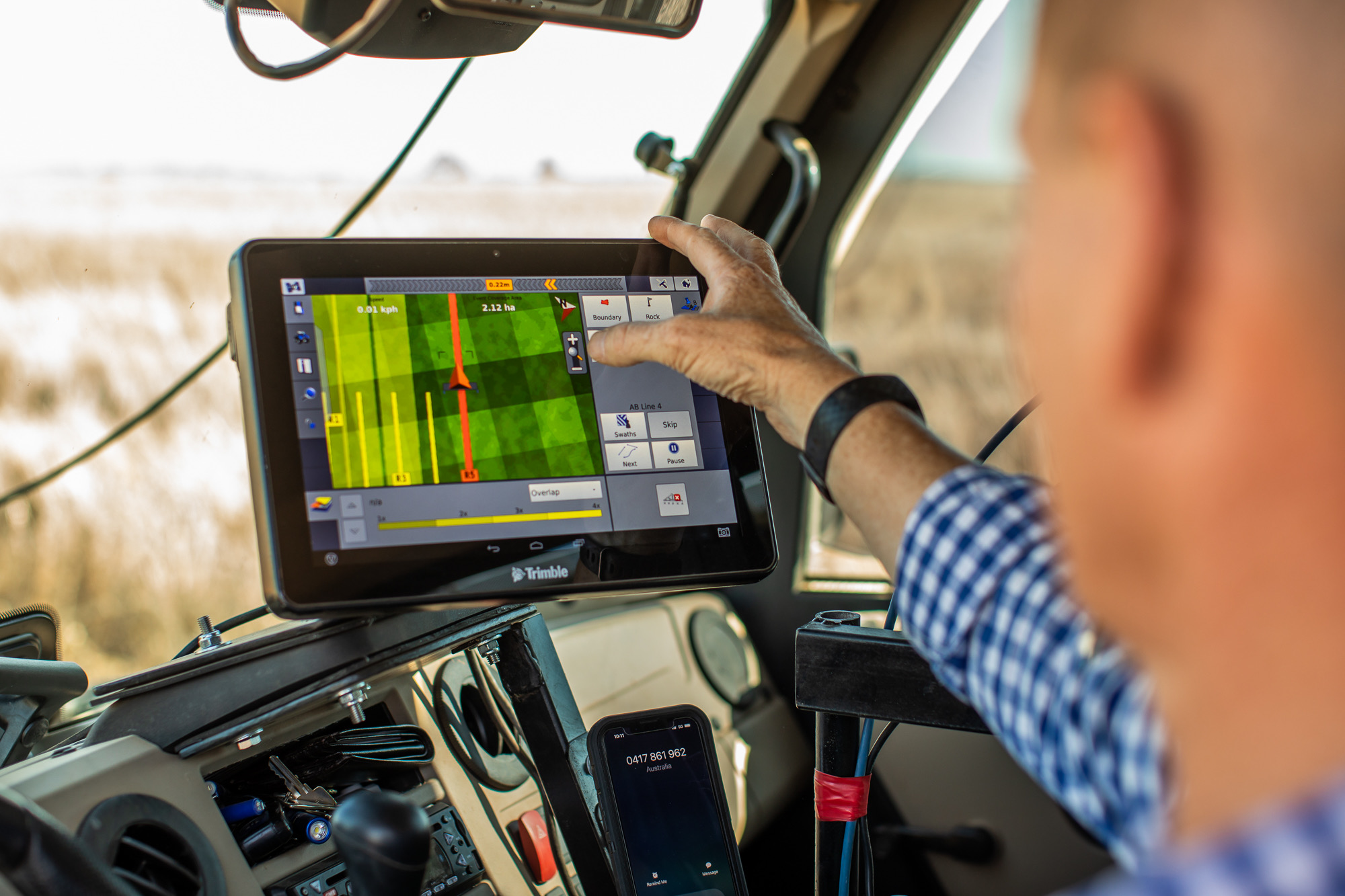Major investment by Charles Sturt University aims to boost agritech uptake
A $60 million investment program designed to galvanise the research and adoption of agritech in regional farming areas has been launched by Charles Sturt University, Australia’s largest educator of agricultural students.

The funding includes $22 million for projects at Charles Sturt University’s Global Digital Farm; $20 million for the Renewables in Agriculture program which includes importing the first hydrogen tractor; $10 million for the Cool Soil Initiative to reduce greenhouse gas emissions; and $8 million towards a circularity Centre of Excellence to be developed in Wagga Wagga, New South Wales.
With multiple campuses across New South Wales (NSW), Charles Sturt will establish a precinct strategy driven by its Agrisciences Research and Business Park (AgriPark) at Wagga Wagga and focus on regional development in partnership with Research and Development Corporations (RDCs) and farming industry bodies.
“We’re building an ecosystem for co-location and virtual engagement with industry and government that focuses on the Charles Sturt’s Wagga Wagga and Albury campuses, but it will be a hub-and-spoke model – we’ll run incubators and challenge programs across multiple industries in multiple regions,” explained AgriPark Executive Director, Nick Pagett.

Kelloggs Managing Director, Ant Holme (left) and Director, Global Agriculture (Procurement), Chris Stevens (right) joined CSU’s Dr Cassandra Schefe and the research team in the field for a closer look at the Cool Soil Initiative, aimed at reducing GHGs on farm.
“Charles Sturt is fortunate in that we have large-scale farming areas, so this is not about plot research – we’re collaborating with research partners to take it out to commercial scale so we can demonstrate it to industry.
“We see a massive opportunity to boost the productivity and sustainability of Australian farming operations by improving digital literacy and digital tech uptake, which is behind where it should be.”
First hydrogen tractor expected in six months
Negotiations are underway to import the first hydrogen tractor from Europe to Australia, providing an alternative to diesel.
Nick said Charles Sturt expects the tractor to arrive within six months for testing and validation.
RELATED: A bumper harvest and new approach to workforce supply
“We will also look into hydrogen-driven generators and fuel cells that can support irrigation systems and replace electricity supply, and how we can use agricultural products as feed ‘stock’ for hydrogen production, such as cereal stubble, rice hulls and the waste from feedlots,” he said.
“That’s the production side, then we need to demonstrate how ag can adopt and use the technology.
“Currently the new and emerging renewables are city-centric and mainstream. They don’t correlate with how agriculture and inland Australia needs to adapt to the emerging renewables market, so we’ve analysed the gaps and identified where to make the investment.”
Covered feedlots a focus of Global Digital Farm
Similar gaps in feedlot research facilities in southern Australia have been identified and chosen for investment via Charles Sturt’s Global Digital Farm. Run in conjunction with the Food Agility CRC, the Global Digital Farm is an integrated digital learning, innovation and research environment on a 1600ha, full scale commercial operation at Wagga Wagga.

The $60 million in new research initiatives will help Charles Sturt University to deliver the workforce of the future.
While most feedlots are open paddocks with strategic shade areas, researchers will investigate the potential for fully covered feedlots to benefit animal welfare, capture waste streams and runoff, and regulate gases and emissions.
RELATED: Breakthrough tech to provide farm-wide wi-fi
Charles Sturt’s Red Meat Innovation Centre is also helping to develop a Feedlot of the Future for sheep in Wagga Wagga.
“We’re looking at how to validate these types of activities and technologies and scale them to a size that is meaningful for demonstrating to producers to make decisions about their investments as well,” Nick said.
“What we’re doing is different to a lot of universities and our investment funding is structured differently. We’re taking the approach that as a regional university, we want to flip it to an ‘outside-in’ view.
“We want to use our facilities to showcase a lot more of what’s happening outside the University and build out multi-sector platforms, based on what we do within Charles Sturt facilities.”
SunRice, Pairtree feature in rice research collab
It was announced in mid-March that SunRice Group had become a foundational member of the Global Digital Farm, through its Rice Research Australia Pty Ltd (RAPPL) facility at Jerilderie.

Charles Sturt University’s AgriPark Executive Director, Nick Pagett and Nicole Griffin, SunRice Head of Agribusiness celebrate a research collaboration as part of Charles Sturt’s $60 million investment in ag research in regional Australia.
“Rather than replicating rice production and trials at Wagga, we’ll extend ours into the RAPPL base, and use their partnership with Pairtree data managers to build out dashboards so growers can see the outcomes of research as part of a coordinated platform,” Nick said.
RELATED: Implementing innovation with impact
“SunRice is also co-sponsoring two PhD students from Charles Sturt to work on digital projects within the company as the industry fast-tracks into artificial intelligence, machine learning and cybersecurity.
“The investment that Charles Sturt is making is very much around how we collaborate. We can’t do it all ourselves.”
‘Heavy hitter’ food companies support Cool Soil Initiative
Projects in Charles Sturt’s Cool Soil Initiative are designed to support farmers to adopt practices to improve the health of their soil, increase crop yields, and mitigate on-farm greenhouse gas emissions, and the program is being expanded into Western Australia for the first time.

The investment aims to utilise research to both support industry development and improve the quality of the workforce.
A practice change model built into the system to help farmers reduce their Scope 3 emissions has been supported by major food companies such as Kelloggs, Manildra Group, Mars Petcare and PepsiCo.
“We’ve taken a globally-recognised Scope 3 calculator and adapted it to Australian conditions, then tested and validated it to produce a reference point for producers, as well as a practice change model,” Nick explained.
“That program is being backed by some of the heavy hitter food companies, and we’re looking at scaling it into the wheat and oats supply chain and into new chains as well.
“We’ll partner with SunRice to roll it out within the rice sector.”
Circular economy important for regional communities
“Achieving practice change on Scope 3 emissions and the introduction of renewables to benefit farming begins the journey to creating a circular economy,” Nick said, which is the focus of the Charles Sturt circularity Centre of Excellence.
RELATED: Dos and don’ts for harnessing the power of agricultural biologicals
“Practices that create energy or adapt biproducts from ag enterprises into packaging and sustainable recycled materials are the pathway to create a circular economy,” he said.
“And the circularity portfolio isn’t limited to agriculture. It’s very important from a regional perspective as well, adding value from waste streams from regional communities.
“Because we’re a regional university we need to put projects into the regions, which up until now have always been dictated and mandated from capital cities. We aim to create centres where investment and activity is occurring in regional Australia.”
Producing a better equipped workforce
Ultimately, Nick said, the $60 million in new research initiatives will help Charles Sturt to deliver the workforce of the future.
“Industry is telling us that university graduates need a broader skills base, and we need them to be able to learn and experience these new technologies, not old school models,” he said.
“Once we have these programs in place they will be seeing new initiatives firsthand, so we will get a better quality of graduate. It’s about how we use research to both support industry development and improve the quality of the workforce we’re turning out.”
For more inspiration about how agrifood tech can help make our food supply chains more sustainable and profitable sign up for updates from evokeAG.
